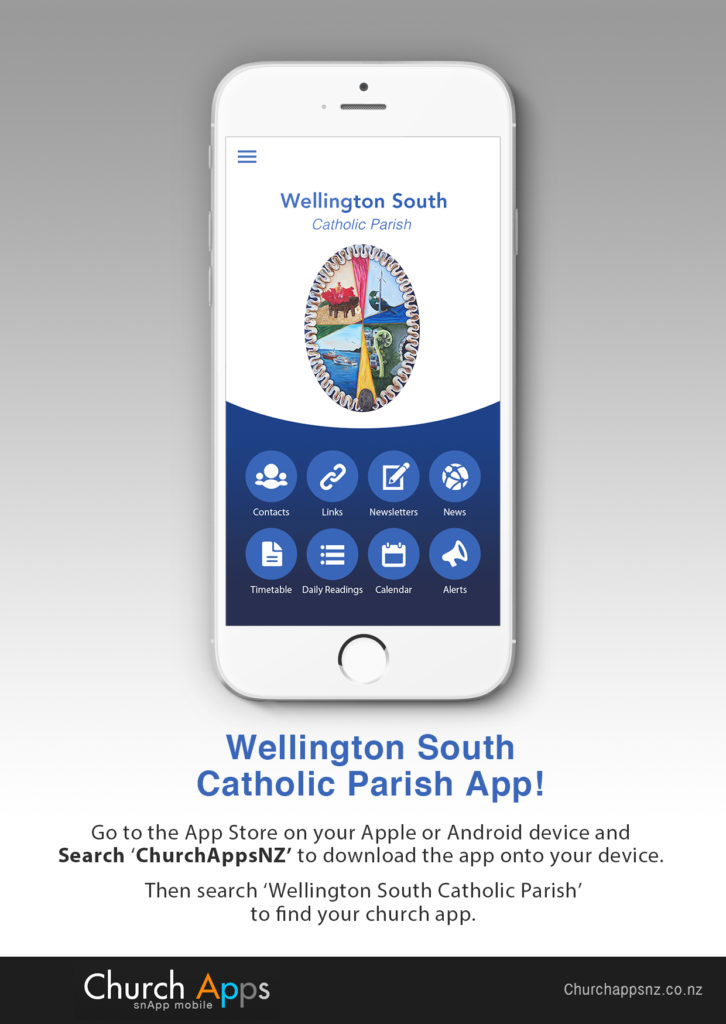One of the recommendations from last year’s Synod was that the “Archdiocese deepens its understanding of Te Ao Māori and embraces biculturalism as an integral part of all its activities and decisions.”
As a Parish, we are seeking to do this by improving the use of Te Reo in our Masses. This article by Msgr Gerard Burns will give us a better understanding of the reasons why we use Te Reo Māori in our liturgies.
The Use Of Te Reo In The Mass
by Msgr Gerard Burns
New Zealand society is changing in ways we don’t always notice when we are amidst them. I recently heard a Kiwi who had lived in England for 10 years saying she needed a dictionary now if she read a New Zealand newspaper. Why? Because there were so many Māori words that had entered the vocabulary no longer being translated.
What are some examples of these words? Tangi, kaumātua, mokopuna, hui, rangatira, kai, whānau, mahi, wharenui, etc. Attitudes are changing and language knowledge is changing.
Our own observations tell us New Zealand is becoming more ethnically diverse. The last 30 years have also seen a fuller development of what was begun with the Treaty of Waitangi. New Zealand’s system of government was established on a recognition of the Māori as the first peoples of the country.
Although the Treaty was ignored for more than 100 years by parliaments, government departments and judiciary its consequences have gradually been unfolding. Part of this has been the recognition of te reo Māori as an official language of New Zealand.
So the new official publication of the revised English translation of the Mass contains the Mass prayers in Māori and English. Priests are encouraged to make use of both. All this is different from the 1980s when there was an uproar over a telephone operator greeting callers with a simple ‘Kia ora’.
‘Kia ora’ is also a beautiful phrase. I like to translate it as ‘May you have life’, a wonderful thing to wish anyone. Using the Māori translations of Mass prayers acknowledges the first language of this land, recognises those with Māori whakapapa, and signals a respect for other languages than the dominant English.
It also picks up the encouragement of our country’s bishops over the last 30 years. The anthropological studies of Fr Gerald Arbuckle SM in the 1970s (such as The Church in a Multicultural Society, 1976) showed the need for recognition of Maori especially and of new migrants. The Bishops’ statement for the 150th anniversary of the Treaty, ‘1990 A Commemoration Year – He Tau Whakamaharatanga mō Aotearoa’ outlines their response.
The Bishops remind us of our heritage from the original Catholic mission to Aotearoa. Bishop Pompallier and his early companions came to work among Maori. Pompallier also made a significant contribution at Waitangi when the Treaty was signed. To use Maori language, songs and symbols appropriately in liturgy is to pick up that heritage.
These matters can spark questions. One senior parishioner used to chide me when I did the final blessing of the Mass in Māori. She said: ‘Why are you doing that when we don’t have any Māori in our congregation?’ My response was twofold: ‘How do you know? We don’t necessarily know everyone’s lineage here! Besides, as Māori is an official language in the country we can use it in public.’
Of course this is not to exclude other languages or cultures. The recognition and participation of all is important, not just in terms of language and song but also through participation in the ministries and life of the parish generally.
This is not always easy but there are several examples of good practice around the Archdiocese that can help us in the process.

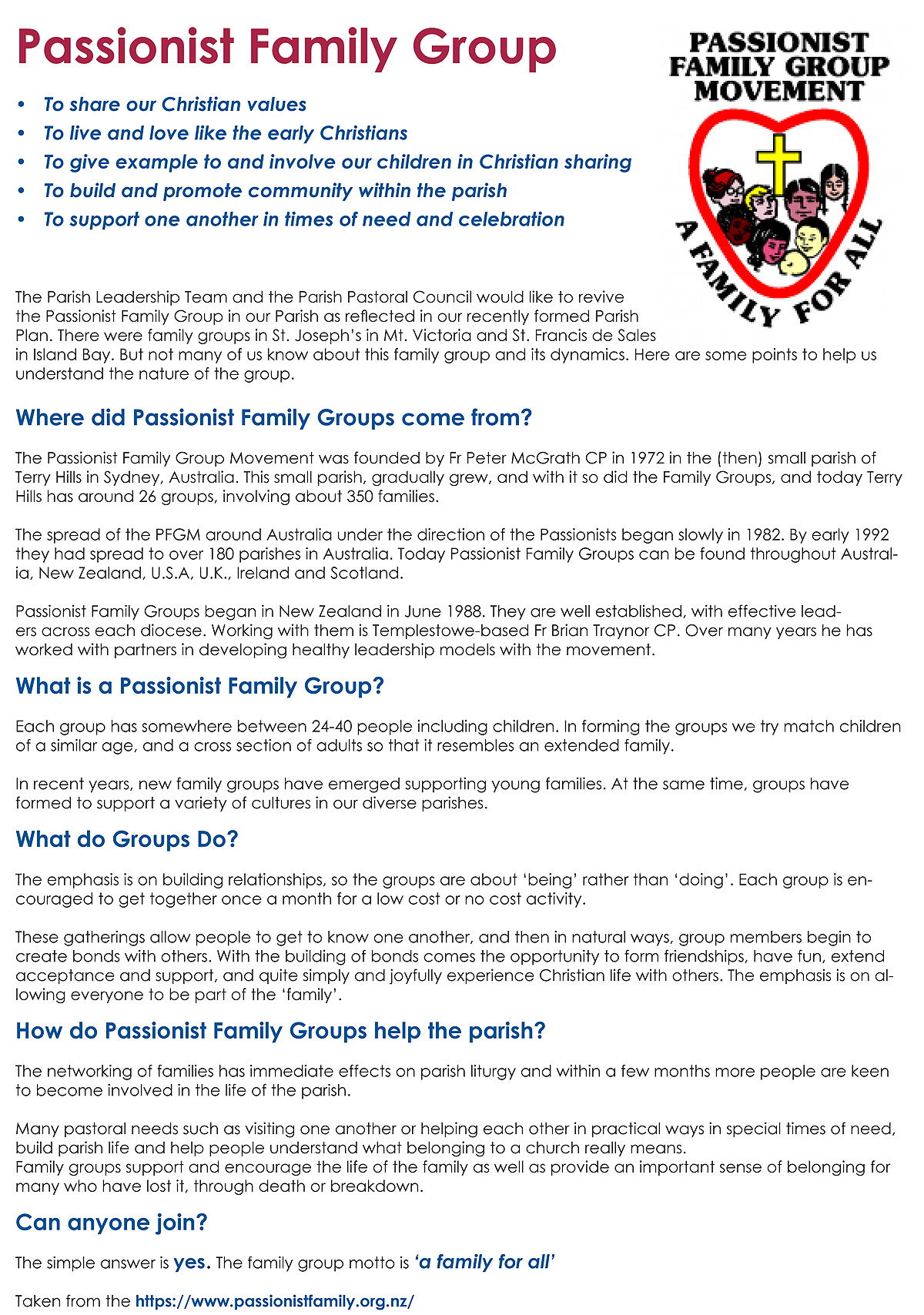
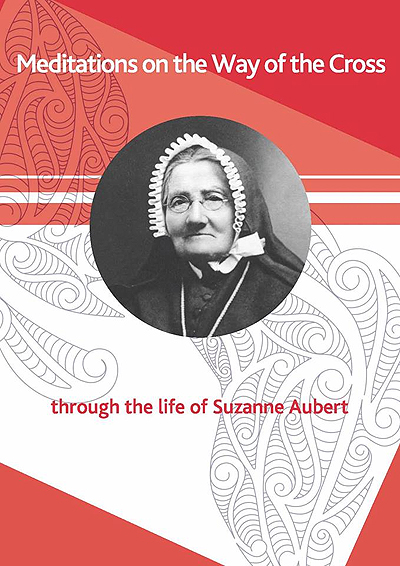
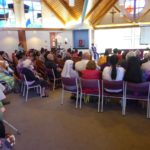
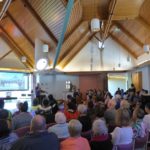
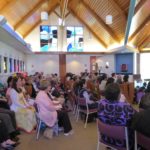


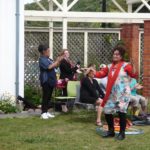







 Click on graphic to open
Click on graphic to open